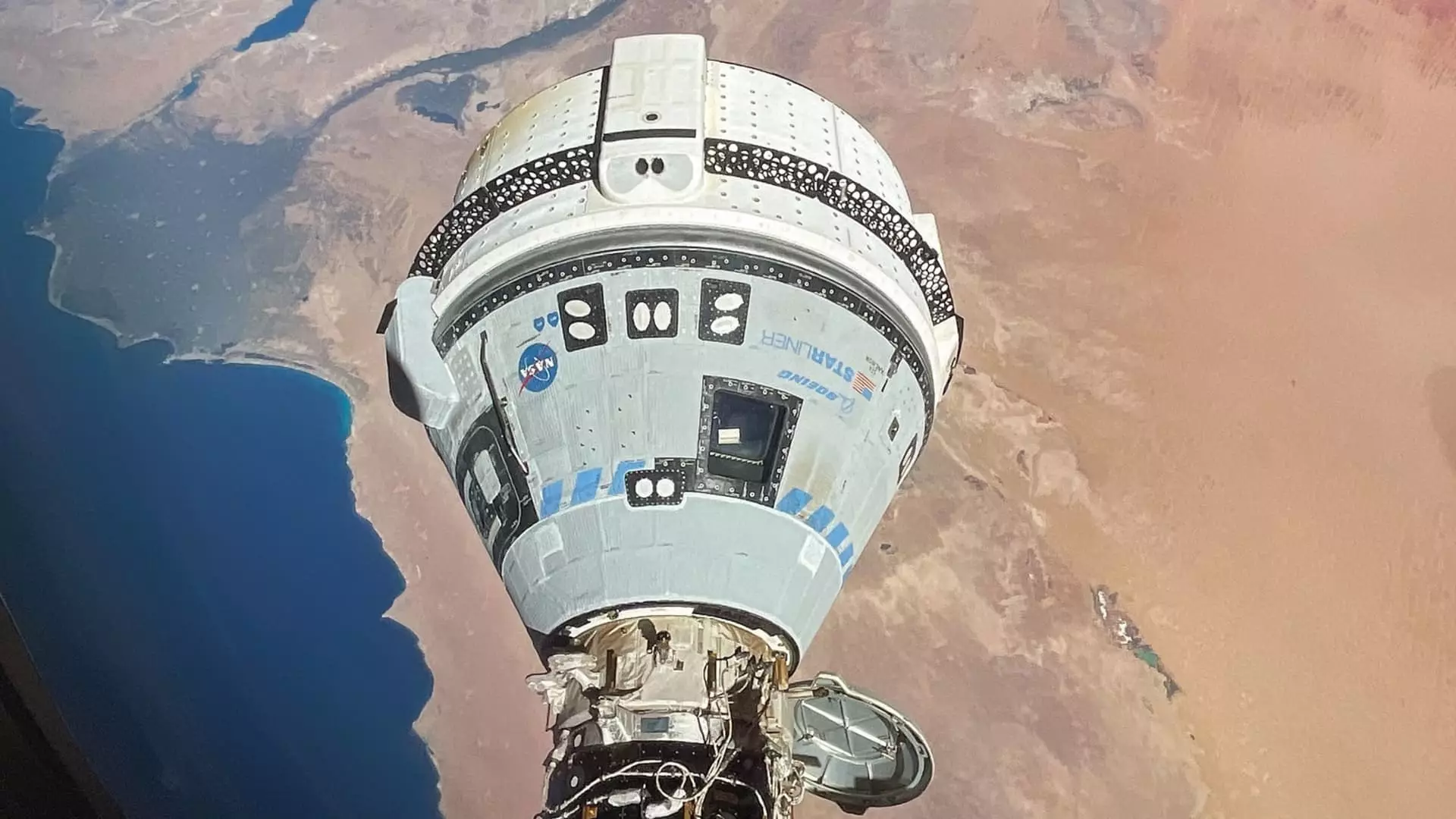Boeing and NASA recently announced that the first Starliner crewed flight, carrying astronauts Butch Wilmore and Suni Williams, will be staying at the International Space Station for an extended period. Initially planned for a nine-day mission, the Starliner flight has now exceeded 24 days due to the decision to conduct additional testing on the ground. This delay in the return of the capsule to Earth is aimed at gathering more data about the spacecraft’s performance, particularly focusing on its thruster system. Although the extended stay may seem concerning, officials have emphasized that Starliner is safe to return to Earth at any point in case of an emergency.
The Starliner crew flight test is a significant milestone towards NASA certifying Boeing to conduct operational missions lasting six months. However, similar to the uncrewed missions that preceded it, the current crewed mission has experienced setbacks and challenges. Once considered a competitor to SpaceX’s Dragon, Starliner has faced various delays and technical issues, resulting in the spacecraft being designated as a backup option for NASA, with alternating flights planned between SpaceX and Boeing for astronaut transportation to the ISS.
The decision to conduct ground testing at White Sands, New Mexico, is crucial in evaluating Starliner’s thruster system. The testing aims to replicate the in-flight conditions experienced by the spacecraft and closely examine the performance of the thrusters. This detailed inspection on the ground will provide valuable insights into any potential issues that need to be addressed before Starliner returns to Earth. While a specific target date for the return has not been set, officials are prioritizing the thorough examination of the spacecraft over rushing the process.
Despite the extended duration of the mission and the need for additional testing, NASA and Boeing have reiterated their confidence in the safety of the Starliner spacecraft. The decision to delay the return to Earth is not due to an urgent problem that needs to be fixed but rather a strategic choice to gather more data during an experimental mission. Both agency and company representatives have emphasized that the crew onboard the ISS is not in any danger, and the risk level remains unchanged until the decision is made to initiate the return journey.
Looking Towards the Future
As Starliner continues its mission aboard the ISS, the focus remains on conducting thorough ground testing to ensure the spacecraft’s readiness for a safe return to Earth. The collaborative efforts between Boeing and NASA in addressing any challenges that arise during the testing process reflect a commitment to prioritizing safety and reliability in crewed space missions. While the delay may pose logistical challenges, the decision to take a cautious approach in evaluating the spacecraft’s performance underscores a dedication to maintaining the highest standards of space exploration.

Leave a Reply